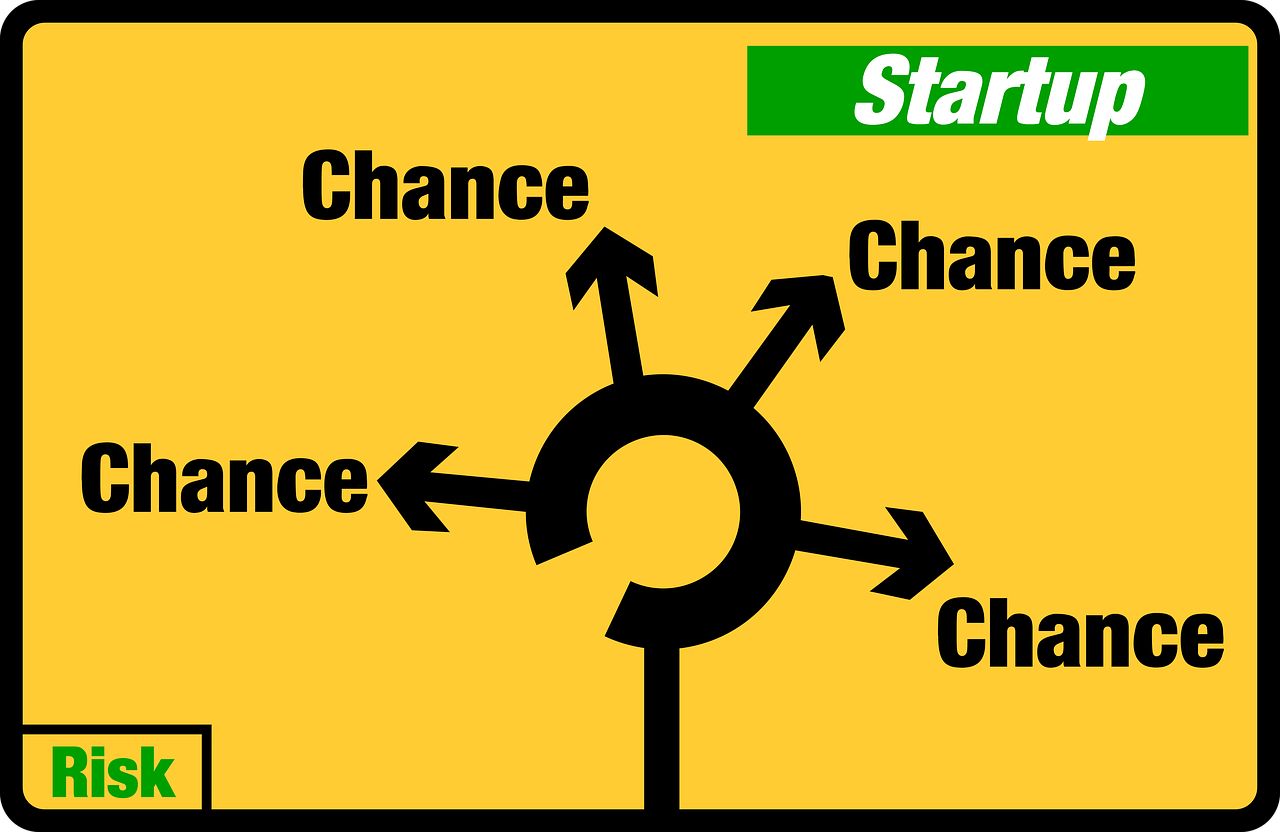Lean and Six Sigma projects all have potential risks that may derail or impact the project in other ways: scope, time, and/or cost. Project risk management provides approaches and tools to mitigate such risks.
Project risk management is a rich and sometimes complex subject. However, there are simpler tools that are idea for small to medium Lean and Six Sigma projects. We’ll look at what two experts have to offer on the subject.
First, we hear from Michael B. Bender, Managing Partner of Ally Business Developers on the subject of Project Risk Management – Simplified.
Project managers often face risks from the top, the project team, and from customers of the project. Some examples are:
- Senior management forcing unrealistic deadlines
- Project customers changing their mind on what they want
- Project team members get pulled off to work on other projects
Project risk management handles all risk areas of the project:
- Technical
- Political
- Organizational
- Team
Michael breaks Skill Levels for Project Risk Management into three categories:
- Entry Level
- Novice Level
- Master Level
He focuses in his presentation, as do we, on the entry level which Michael says will handle “almost ALL small – medium sized projects.” The components are:
- Risk Identification
- Simple Risk Ranking
- Basic preventative and contingency plans
What is project risk: An uncertain event or condition, that if it occurs has an effect on one or more of the project objectives: scope, time, and/or cost. These are the project impacts. A project risk has a probability that it will happen.
Michael identifies five steps to address project risk:
- Identify the risks
- Meetings
- Historical documents
- Assumptions
- Interviews
- Filter the risks: level of impact on the project and the probability of occurrence. Together their product equals the risk score.
- Medium and high scores must be further quantified and addressed. Lower scores are placed on a watch list.
- Further quantify the medium and high risks:
- Impacts on time, scope, and cost
- Plan responses
- Preventive: Prevent risks from occurring
- Contingency: Enacted after risk has occurred
- Simple acceptance
- Monitor and control risks
Michael goes on to provide information on further resources.
You can watch Michael’s informative video here.
What simple tool can we use to address Michael’s entry level approach? James Clements, Vice President Business Development Asia-Pacific for the Wood Group covers a simple spreadsheet approach for documenting and analyzing risks very similar to a simplified version of FMEA.
James’ spreadsheet addresses all the elements mentioned in Michael Bender’s video.
- Risk Definition
- Causes
- Consequences (description of impact)
- Likelihood (probability)
- Impact
- Risk rating (Risk score)
- Control Strategy
- Owner
You can watch James’ presentation here.
Enough detail is presented so you can develop your own similar spreadsheet.
Finally let’s take a look at a paper from Young Hook Kwak, currently Associate Professor at George Washington University.
Kwak’s paper distills the perceptions and practices of project risk managers through collected quotes regarding:
- No risk management infrastructure
- Difficulty justifying benefits of risk management
- Lack of senior management support
- No risk management culture
His paper goes on to list
- Positive risk management practices/experiences
- No or poor risk management real world examples
- Effective risk monitoring and control method
- Value of qualitative risk analysis
You can access Kwak’s paper here.







Leave A Comment